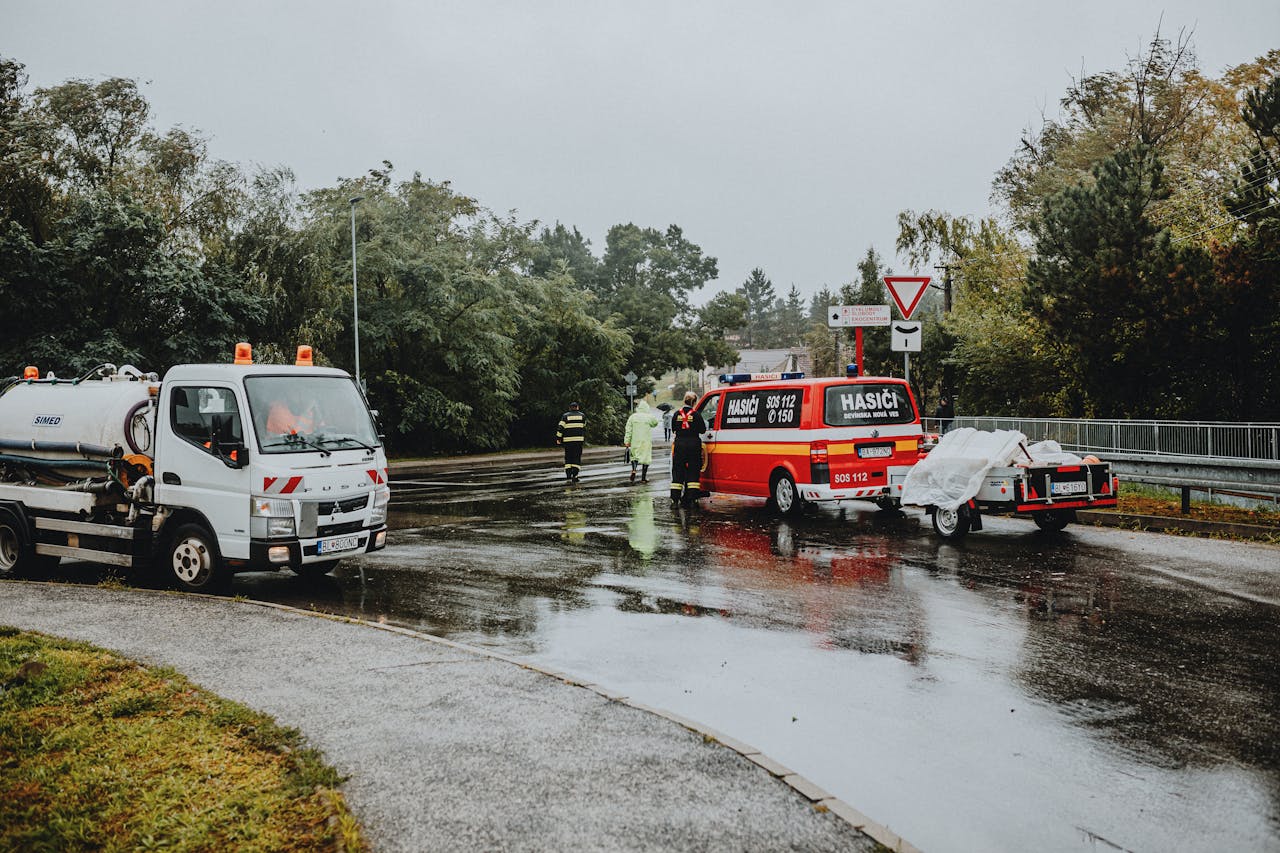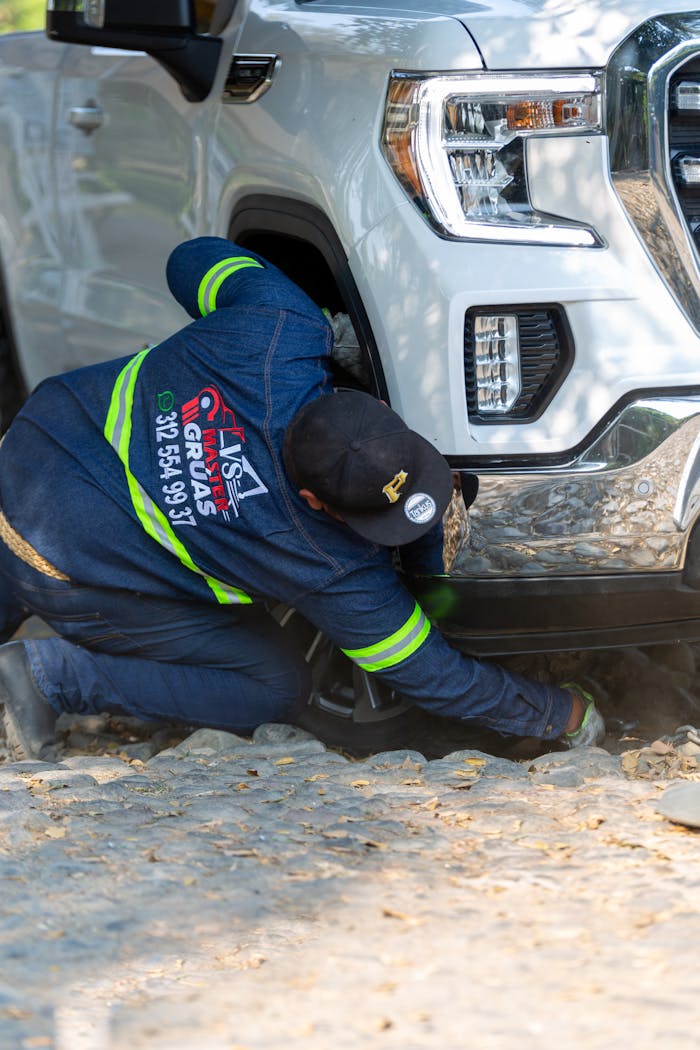Truck accidents in Orange County were unfortunately all too common, often resulting in severe injuries and significant property damage due to the size and weight of commercial trucks. Understanding the common causes of these accidents can help drivers and trucking companies take proactive measures to prevent them. Here’s a look at the most common causes of truck accidents in Orange County and what you can do to avoid them.
1. Driver Fatigue
Cause: Long hours behind the wheel can lead to driver fatigue, which impairs judgment, slows reaction times, and increases the likelihood of accidents. Federal regulations set limits on how long truck drivers can be on the road without taking breaks, but these rules are sometimes ignored due to tight delivery schedules and pressure from employers.
How to Avoid It:
- For Truck Drivers: Follow federal Hours of Service regulations, take mandated breaks, and prioritize rest. If you’re feeling fatigued, pull over and rest.
- For Other Drivers: Stay alert when driving near large trucks. If a truck is swerving or driving erratically, keep your distance and report it to the authorities if necessary.
2. Distracted Driving
Cause: Distractions such as cell phones, in-cab technology, eating, or even conversations can lead truck drivers to lose focus. With the significant blind spots that trucks have, even a momentary distraction can result in a serious collision.
How to Avoid It:
- For Truck Drivers: Limit in-cab distractions, put phones away while driving, and use hands-free devices only when absolutely necessary.
- For Other Drivers: Avoid lingering in a truck’s blind spots and always remain visible to truck drivers. Be cautious when driving alongside a truck, as their response times may be impacted by distractions.
3. Speeding and Reckless Driving
Cause: Speeding or aggressive driving significantly increases the stopping distance required for a truck. Due to their weight, trucks need more time and space to come to a complete stop. Speeding can make it impossible to avoid a collision if an unexpected event occurs.
How to Avoid It:
- For Truck Drivers: Adhere to speed limits and drive at a speed that is safe for current road conditions. Maintain a safe following distance and avoid aggressive maneuvers.
- For Other Drivers: Stay aware of trucks’ limited maneuverability and give them ample space to adjust their speed safely.
4. Poor Vehicle Maintenance
Cause: Trucks require regular maintenance to ensure they are roadworthy. Brake failures, tire blowouts, and mechanical issues due to inadequate maintenance can lead to catastrophic accidents.
How to Avoid It:
- For Trucking Companies: Implement strict maintenance schedules and conduct regular inspections to comply with safety regulations.
- For Truck Drivers: Perform pre-trip inspections to check for potential issues with brakes, tires, lights, and other essential components.
- For Other Drivers: Stay cautious around trucks, especially if you notice signs of wear, such as loose parts or worn tires.
5. Overloaded or Improperly Loaded Cargo
Cause: Overloaded or improperly balanced cargo can make a truck harder to control and increase the risk of rollovers or jackknifing. Excess weight can also strain the truck’s brakes, leading to brake failure.
How to Avoid It:
- For Trucking Companies and Drivers: Ensure cargo is loaded and secured according to federal and state regulations. Double-check weight distribution before departure.
- For Other Drivers: Keep a safe distance from trucks that appear overloaded or are carrying visibly unsecured cargo.
6. Adverse Weather Conditions
Cause: Rain, fog, and other adverse weather conditions can reduce visibility and make roads slippery, increasing the risk of accidents for all drivers. Trucks, due to their size, are especially vulnerable to tipping or sliding in inclement weather.
How to Avoid It:
- For Truck Drivers: Slow down and increase following distances during adverse weather conditions. Be extra cautious on bridges and overpasses, which freeze faster than other parts of the road.
- For Other Drivers: Avoid sudden maneuvers near trucks during bad weather, as trucks may not be able to adjust as quickly to changes in traffic flow.
7. Driver Inexperience
Cause: Truck drivers require extensive training to handle the unique challenges of driving large commercial vehicles. Inexperienced drivers may struggle with tight turns, blind spots, or handling the truck in difficult conditions.
How to Avoid It:
- For Trucking Companies: Ensure drivers have comprehensive training and are equipped with the necessary skills to operate safely.
- For Other Drivers: Be patient and vigilant when driving near trucks and recognize that not all drivers have the same level of experience.
8. Blind Spot Accidents
Cause: Trucks have large blind spots, also known as “no-zones,” on the sides, rear, and front of the vehicle. Accidents often happen when a truck changes lanes and cannot see a car in its blind spot.
How to Avoid It:
- For Truck Drivers: Use mirrors frequently and make slow, deliberate lane changes. Install additional safety features, such as blind-spot sensors, if possible.
- For Other Drivers: Avoid driving in a truck’s blind spots for long periods and pass trucks quickly but safely when needed.
Final Thoughts
Truck accidents can have devastating consequences for everyone involved. By understanding the common causes of truck accidents and taking proactive steps to prevent them, both truck drivers and other road users can contribute to safer roads in Orange County.
If you or a loved one has been involved in a truck accident due to any of these causes, seeking the assistance of an experienced truck accident lawyer can make all the difference. A lawyer can help you navigate the complexities of your case, negotiate with insurance companies, and ensure you receive the compensation you deserve.



